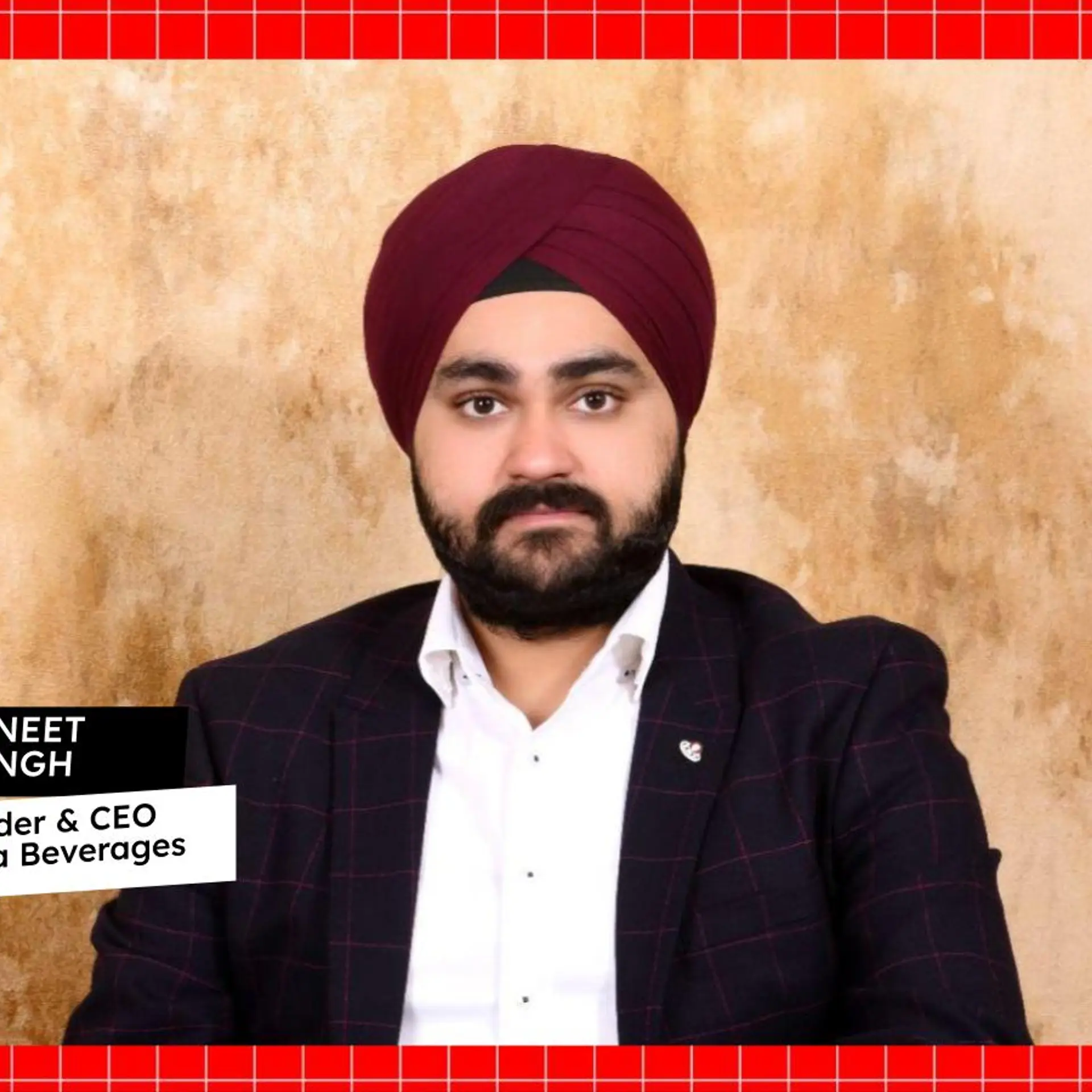Interpretations, practices, trends: Serendipity Arts Festival wraps up 2019 edition with multi-disciplinary showcase
Films, fabrics and photos – SAF 2019 celebrates the full dimension of creativity, as shown in this photo essay. We also share curator insights on the meaning of art and its role in culture.
Launched in 2014, PhotoSparks is a weekly feature from YourStory, with photographs that celebrate the spirit of creativity and innovation. In the earlier 420 posts, we featured an art festival, cartoon gallery. world music festival, telecom expo, millets fair, climate change expo, wildlife conference, startup festival, Diwali rangoli, and jazz festival.

The eight-day Serendipity Arts Festival (SAF) is wrapping up in Goa today. Spread across 14 venues, it brought eight days of creativity to Panaji, Goa. See our earlier interview with Smriti Rajgarhia, Director, Serendipity Arts Foundation; curator insights; and photo essays on the festival launch, innovation exhibits and social messages.
In this photo essay, we feature more exhibits and curator insights on art trends, practices and interpretations in India. Showcased curators include Rahaab Allana, Anurupa Roy, Ravi Agarwal, Vidya Shivadas, Jyotindra Jain, Pramod Kumar, and Vivek Menezes.
“The Serendipity Arts Festival is getting bigger and better each year,” said Sunil Kant Munjal, Chairman of Hero Enterprises; he is also Founder and Chief Patron of Serendipity Arts Trust. Many of India’s multiple art disciplines have historically worked together, and this spirit should continue, he explained.
“The festival is also a platform for conversation and debate about the culture of India and where it is going,” Sunil added. Numerous panels at the festival feature not just artists and curators, but academics and art support organisations as well.
Lina Vincent and her team at the Goa Familia project have initiated an archive of people’s memories and stories, as reflected in photographic remnants and other memorabilia. It includes interviews with video footage and audio recordings.
“These photo memories have been chosen to talk of the cycles of loss and recovery that is part and parcel of personal stories made here in Goa and elsewhere through the act of migration,” she explains, in a chat with YourStory. Lina is also involved in arts education, documentation of living traditions and folk arts in India, and environmental consciousness in the arts.
“I am running a long-term mentoring programme for young and upcoming artists with Piramal Art Foundation, Mumbai that will culminate in a large showcase by the middle of next year,” Lina explains. She is also designing public art programmes at the upcoming Hyderabad Literary Festival.
“Art is something that resists definition and leaves behind for the viewer an aesthetic and philosophical surplus,” explains curator Nancy Adajania. She has been working in the field for more than two decades, and her exhibition at SAF features 40 artistic positions.
“The interesting thing about the Indian art world is that different generations of artists function simultaneously in the same space. There is enough space for different kinds of practices and worldviews to coexist,” she Nancy explains.
“What we are seeing today is an urgency to articulate regional aspirations. I see a steady growth in shows of artists from the Northeast or Kashmir being shown in group shows. This, to my mind, is a welcome move,” she adds.
She has curated the Sudhir Patwardhan retrospective at the National Gallery of Modern Art in Mumbai. Next year, she will be curating the Bawwaba section of Art Dubai and co-curating the Mehlli Gobhai retrospective at NGMA.
Several video exhibits were presented at SAF by overseas curators such as Jessica Castex and Odile Burlaraux from the Musée d’Art Moderne de Paris. For example, Cao Fei’s film Cosplayers is dedicated to teenagers in China playing sci-fi and video games characters in a fictional life.
Grosse Fatigue by Camille Henrot is a collage of images from the Internet and the Smithsonian Institute, and tries to give an account of the history of the universe. “Art is what makes the invisible visible. This definition could encompass all artistic expressions and cultures,” says Jessica.
“Art is a place of discovery of new concepts and new questions of society. It is a way of looking at creative works and their questions. It requires an open mind, curiosity, and a capacity of adaptation that is always renewed,” Odile explains.
As trends in the art world in India, ceramic artist Kristine Michael points to the proliferation of pottery classes and studios all over the metros and smaller cities. “More artists are using clay as a material today. It is currently being promoted all over the country through potters markets, exhibitions, and through studios making and teaching studio pottery,” she observes.
She curated the show, Kindling Change at SAF 2019. “I am also an art educator, and enjoy teaching young people to use their hands and to see art as being integrated into their lives,” she adds.
“Especially now when the focus is on technology – arts is the most important way of staying in touch with oneself in a meaningful manner,” Kristine signs off.
Now, what have you done today to pause in your busy schedule and listen to your artistic creative side?






















Got a creative photograph to share? Email us at [email protected]!
See also the YourStory pocketbook ‘Proverbs and Quotes for Entrepreneurs: A World of Inspiration for Startups,’ accessible as apps for Apple and Android devices.



![[Year in Review 2019] 10 most-watched YourStory exclusive interviews](https://images.yourstory.com/cs/2/6f8dcd002d6d11e9aa979329348d4c3e/Untitleddesign41576076329275png?fm=png&auto=format&h=100&w=100&crop=entropy&fit=crop)
![[Year in Review 2019] 15 top Startup Bharat stories of 2019 that celebrate innovation across India](https://images.yourstory.com/cs/2/604090802d6d11e9aa979329348d4c3e/SBYE1574932256479png?fm=png&auto=format&h=100&w=100&crop=entropy&fit=crop)




